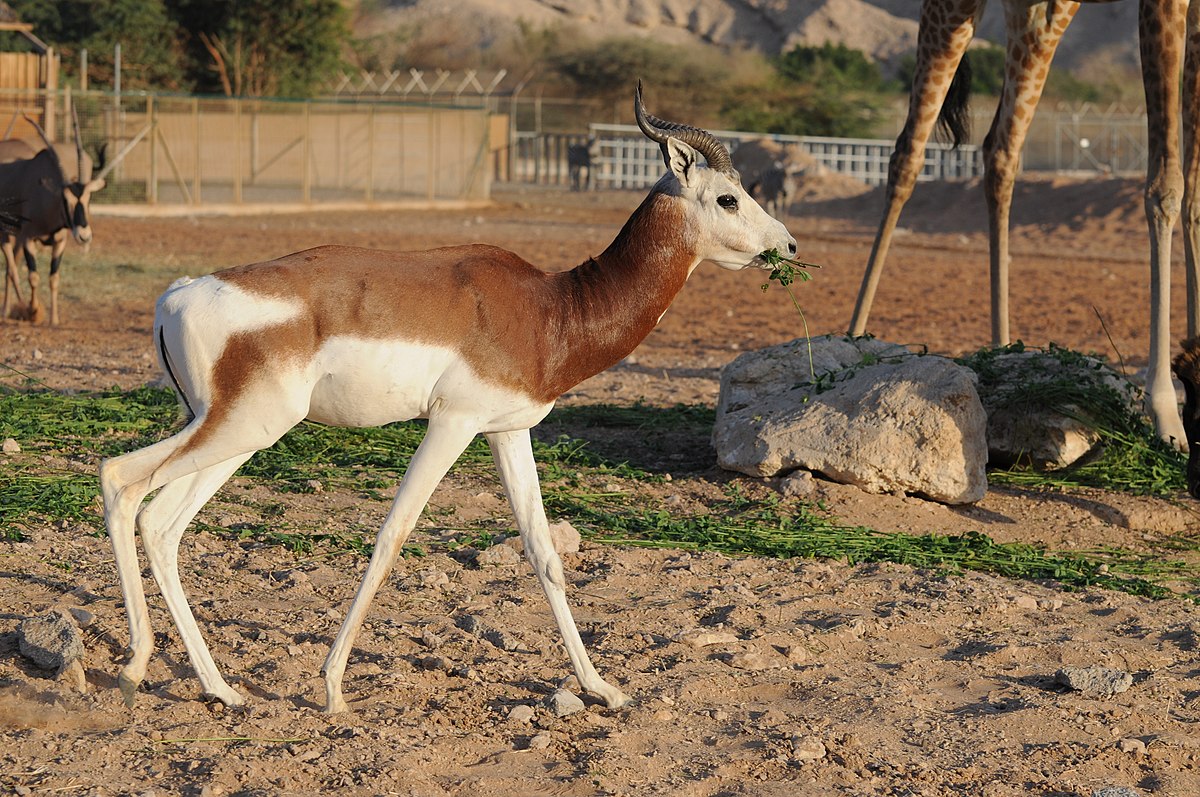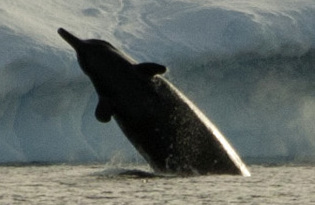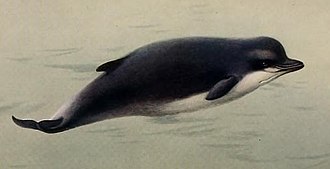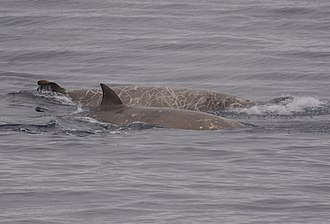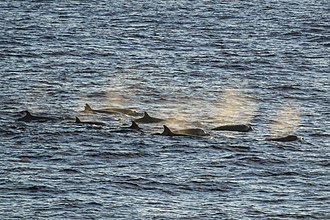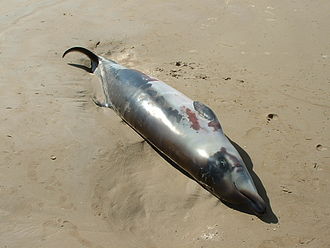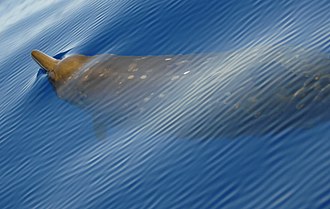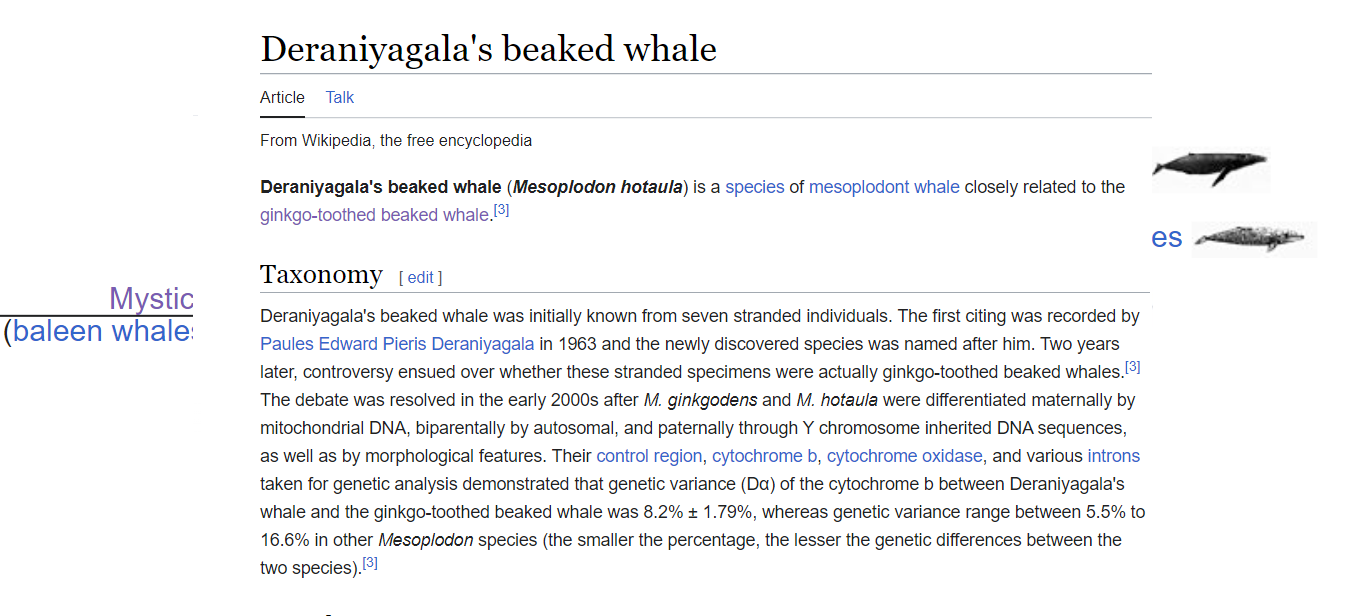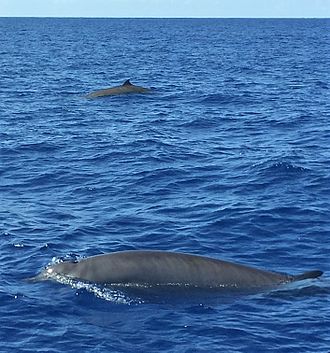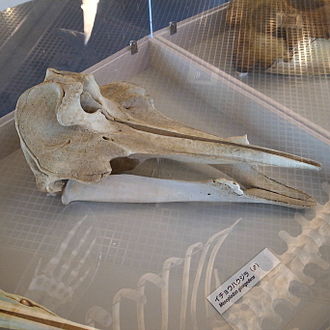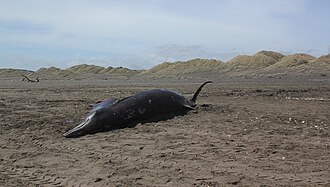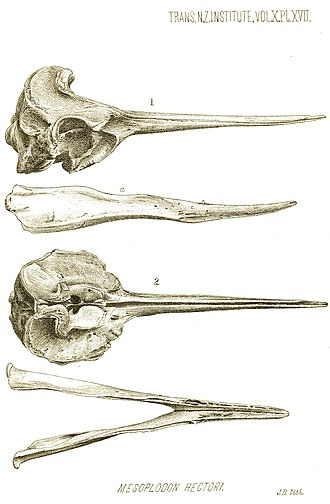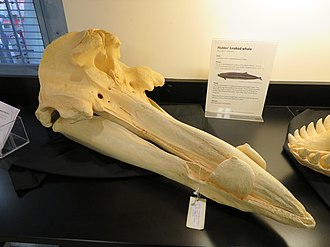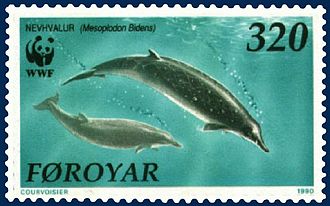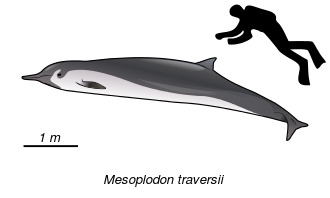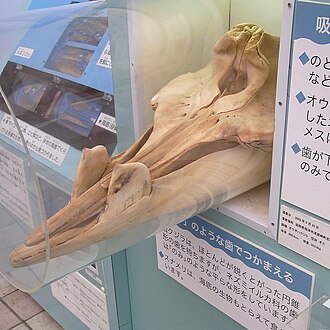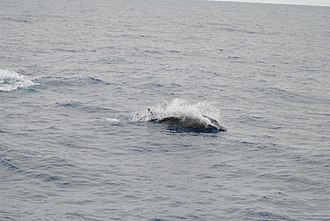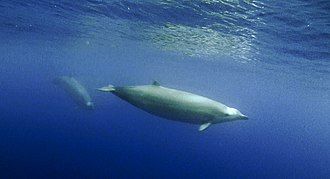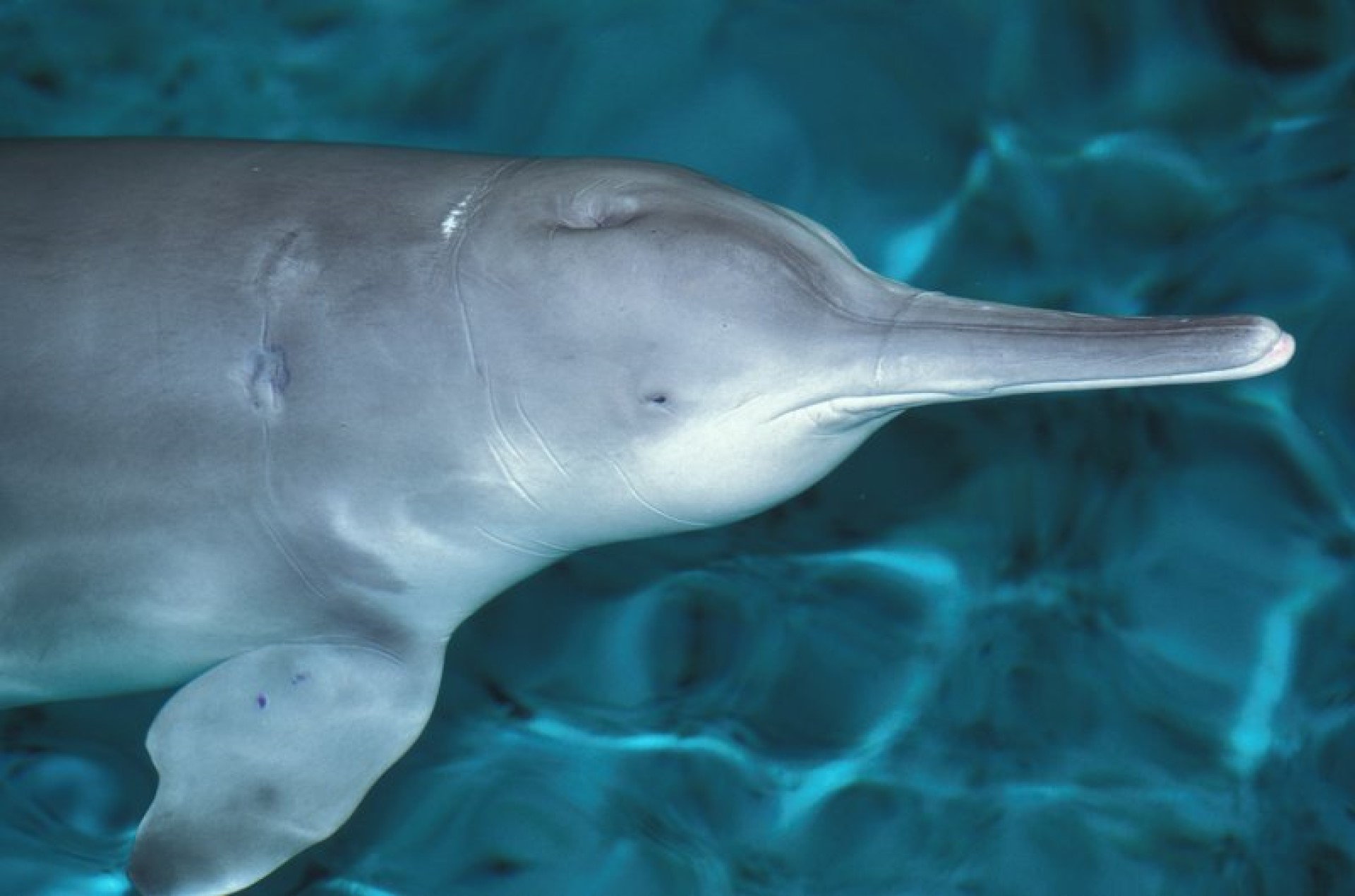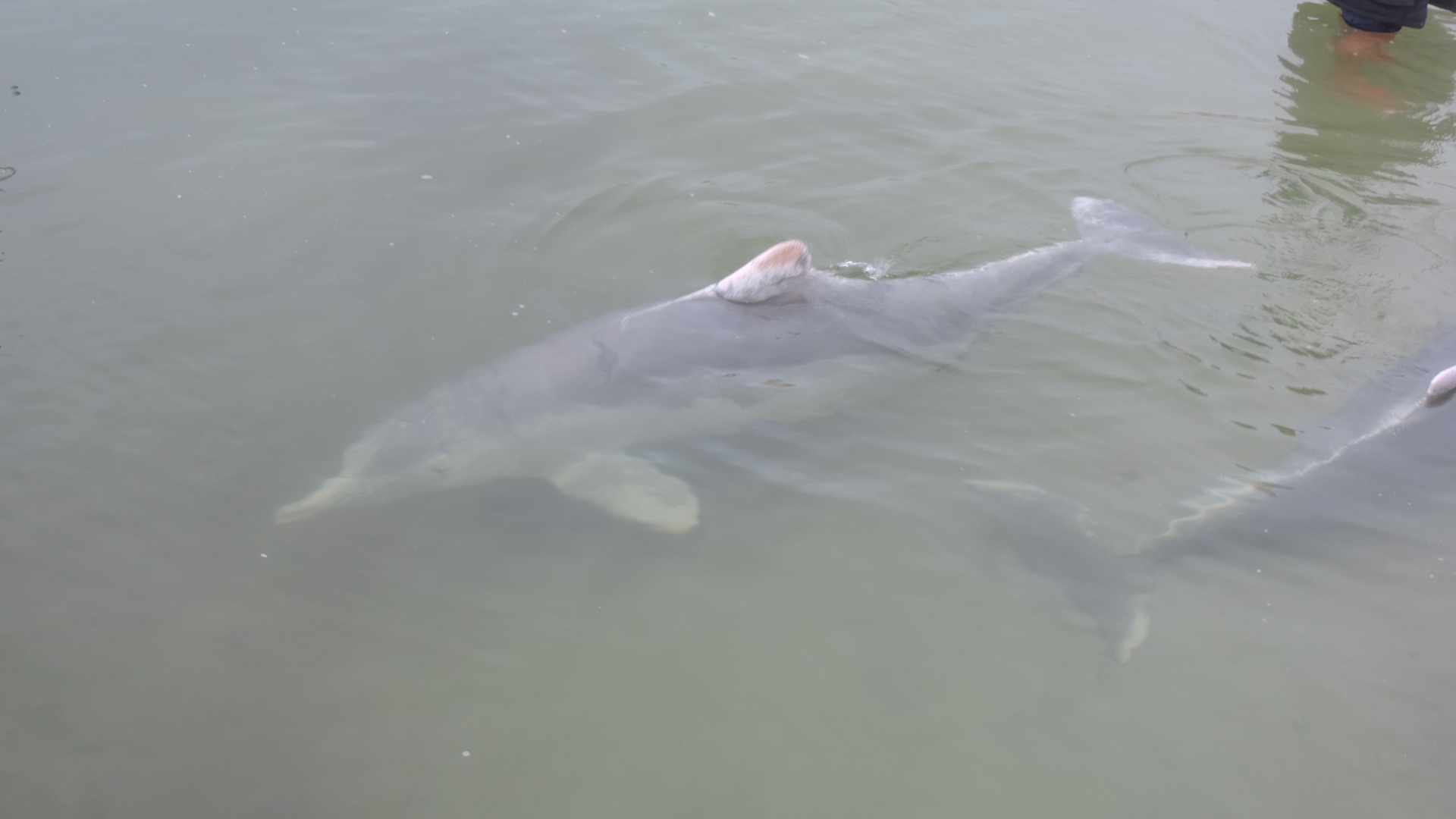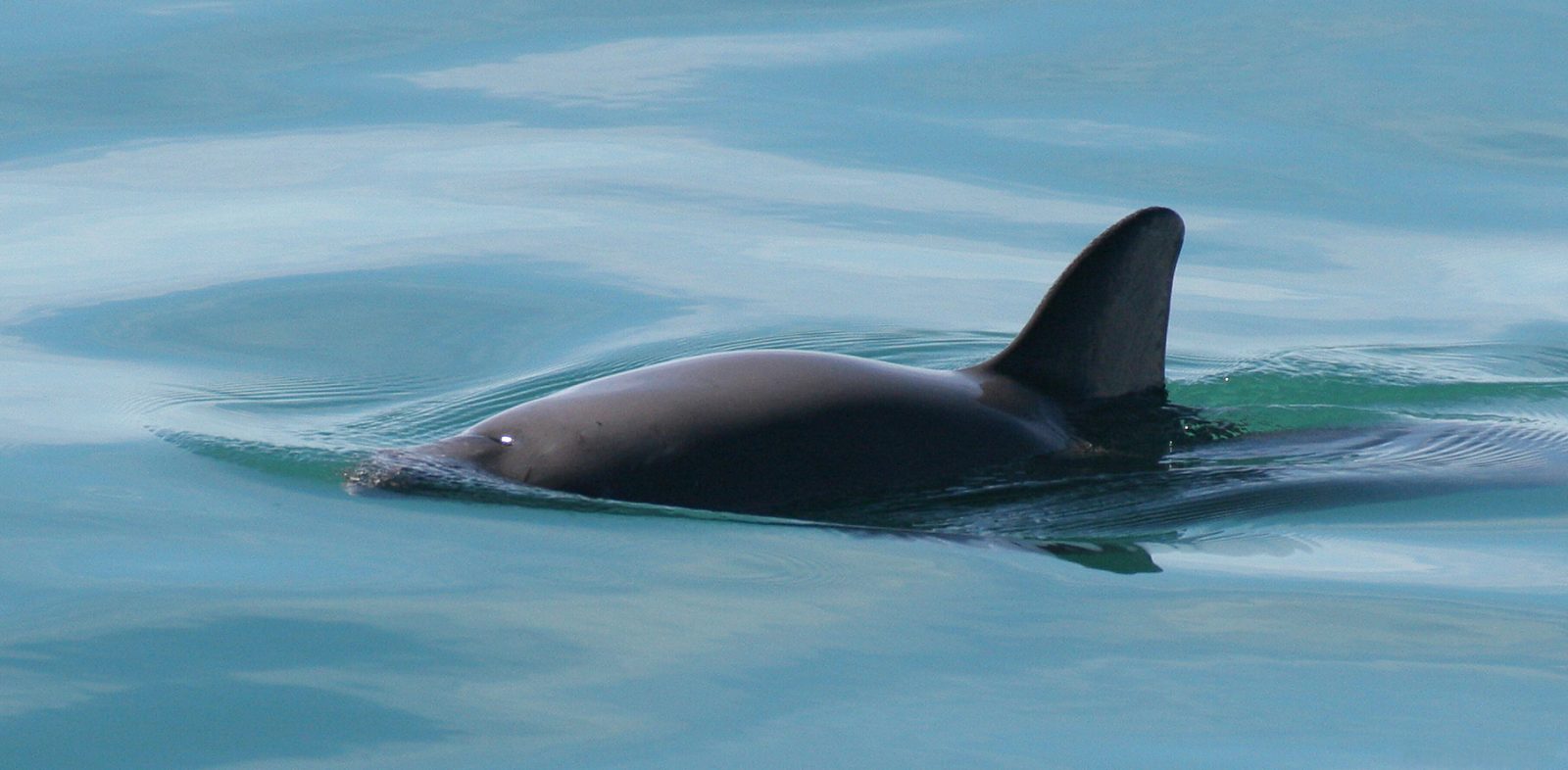Whaling went on for centuries, in many parts of the world. One of these was Iceland, where due to the latitude, it is often hard to grow much food. Iceland did not end whaling when it was banned by the international community, and since then have hunted and killed around 1800. They returned to hunting fin whales last year, but what is clear, is that not only do the Icelandic people not want to eat the whale meat, but there is little hunger for it elsewhere in the world. Indeed, whaling is incredibly expensive, and has only stayed afloat through government support.
Whales are essential to the worlds oceans, both through their fertilization through their waste, and the vast amounts of carbon that they sequester over their lives. For the foreseeable time we need every living whale we can have, in the fight against the damage which humans are doing to the planet.

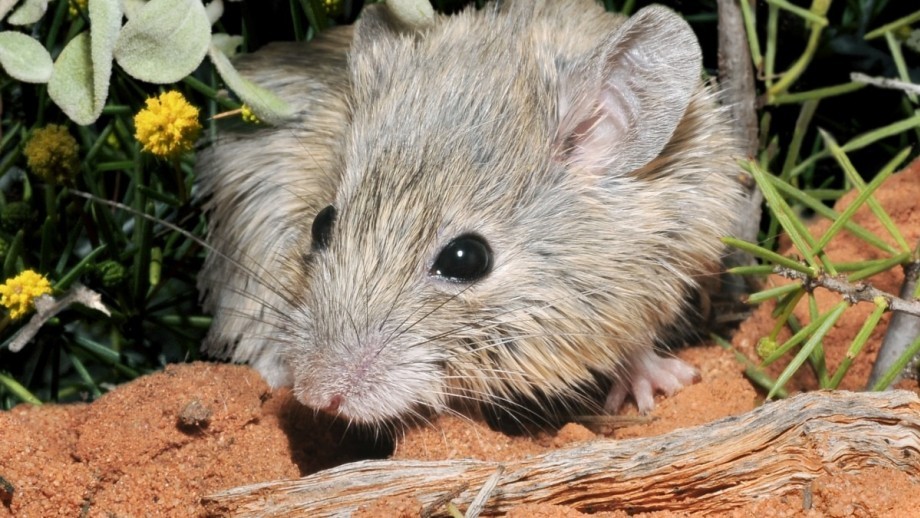

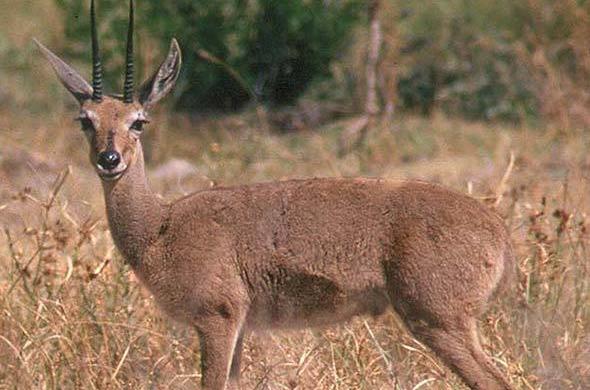
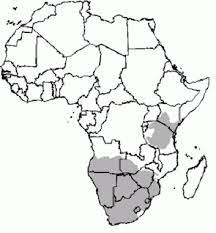
 The HIrola ( also known as the Hunters hartebeest or hunters antelope) is a critically endangered species. It was named by H.C.V Hunter (a big game hunter and zoologist) in 1888. It is the only member of the genus Beatragus, and it currently has 300-500 individuals living in the wild (there are none in captivity).
The HIrola ( also known as the Hunters hartebeest or hunters antelope) is a critically endangered species. It was named by H.C.V Hunter (a big game hunter and zoologist) in 1888. It is the only member of the genus Beatragus, and it currently has 300-500 individuals living in the wild (there are none in captivity).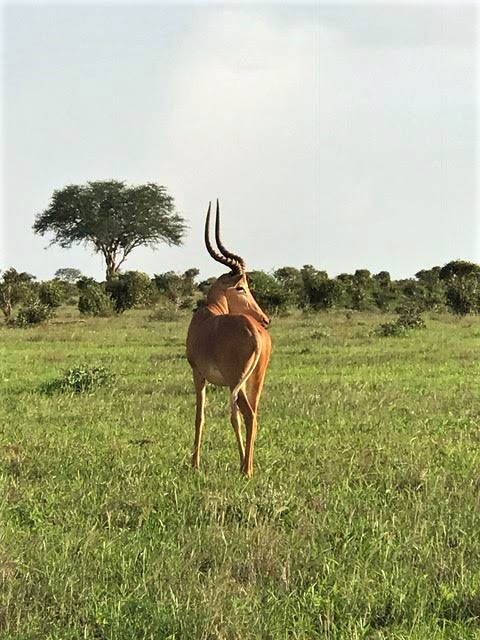
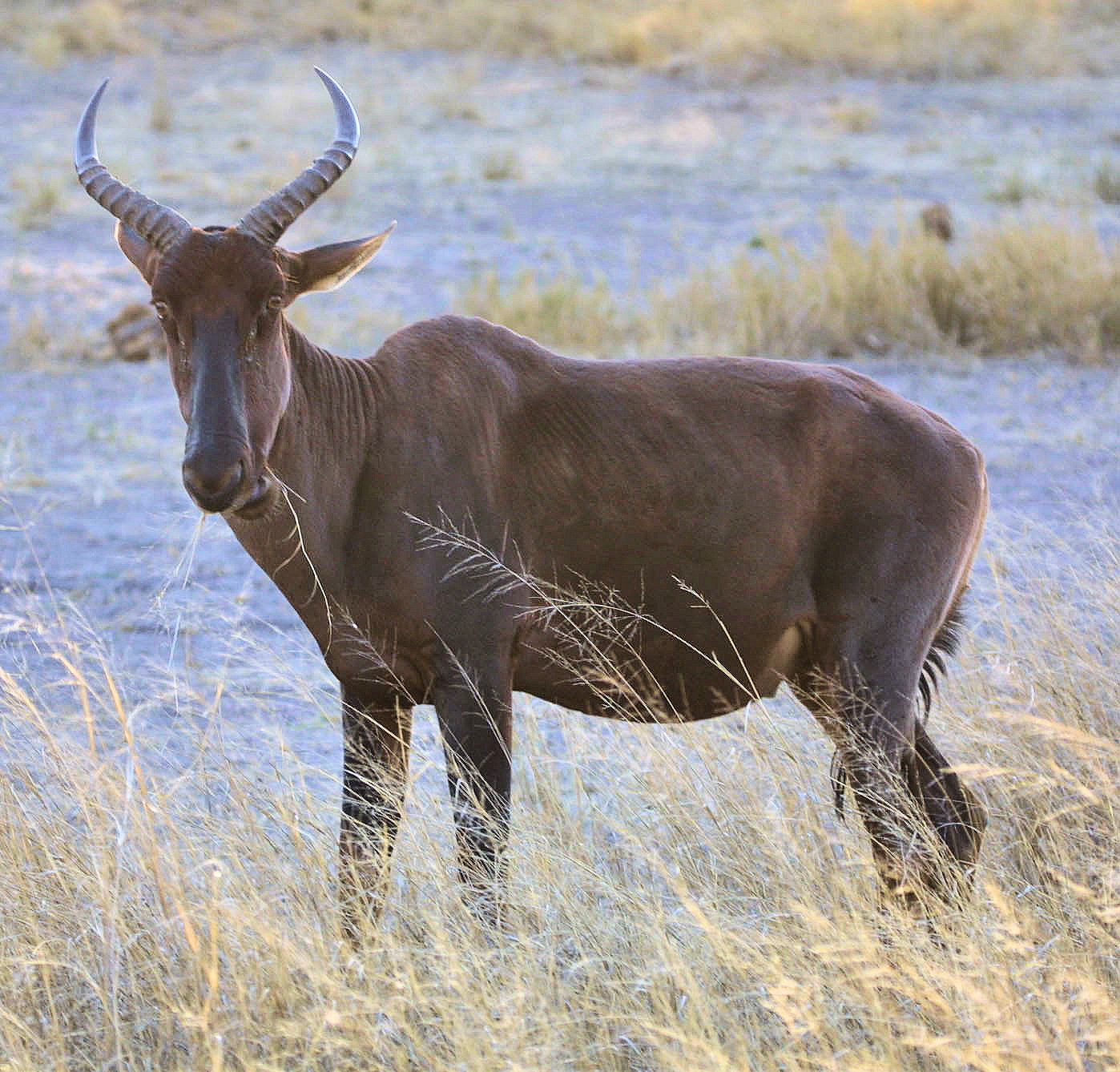

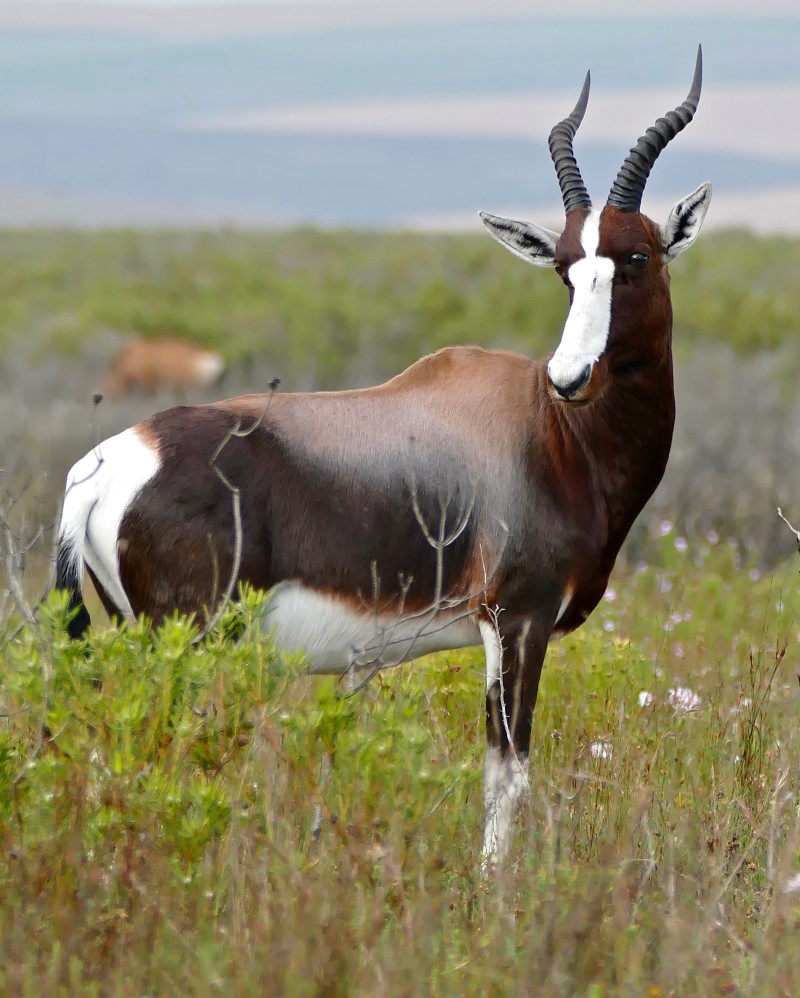
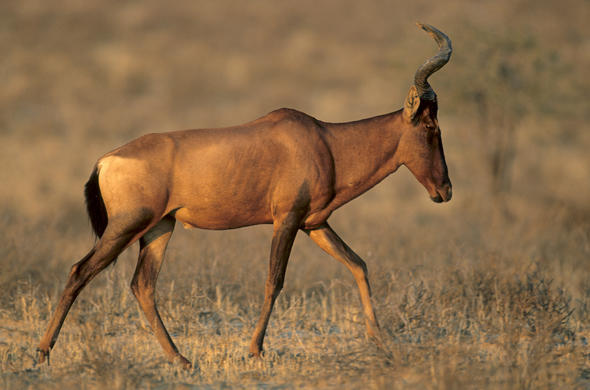
 many as 70 subspecies, local variants and similar have been suggested, however there is only one currently recognized species.
many as 70 subspecies, local variants and similar have been suggested, however there is only one currently recognized species. common wildebeest, white-bearded gnu or brindled gnu.
common wildebeest, white-bearded gnu or brindled gnu.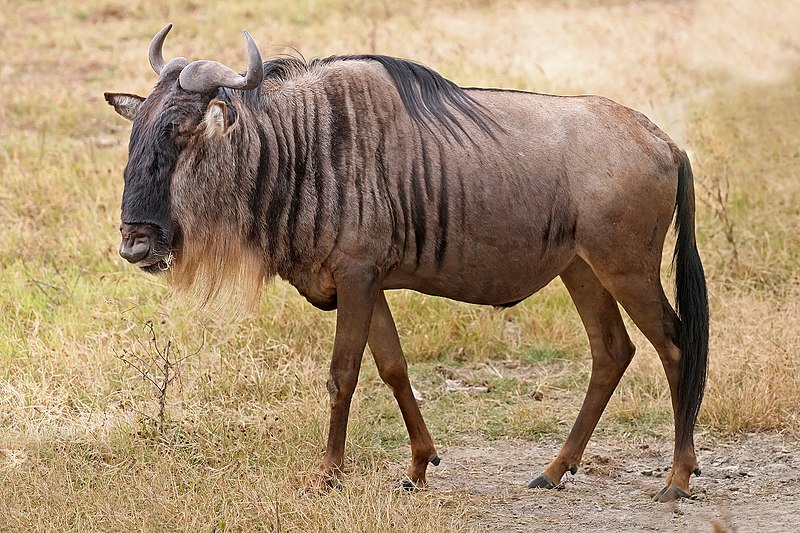
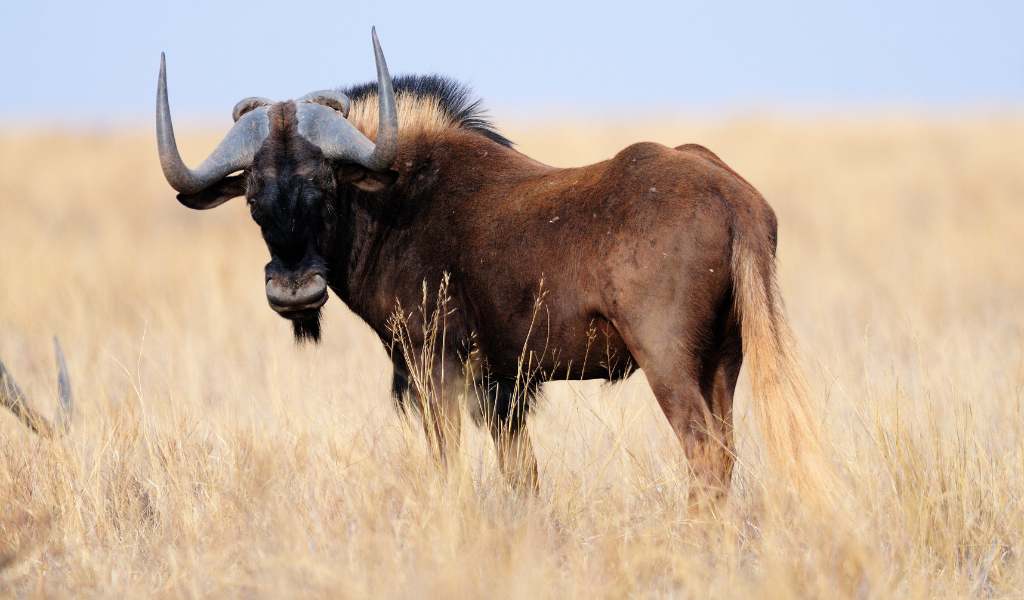


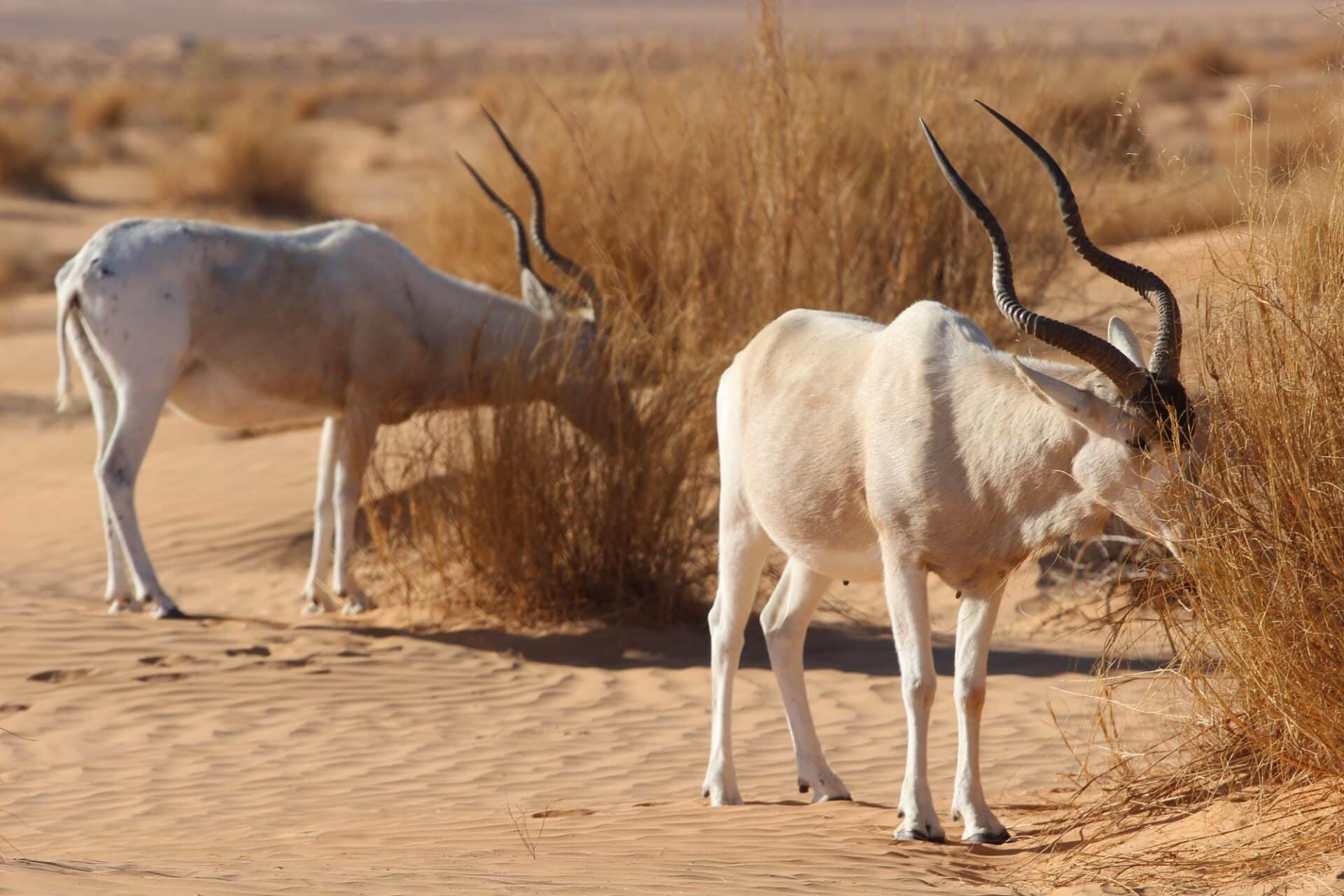
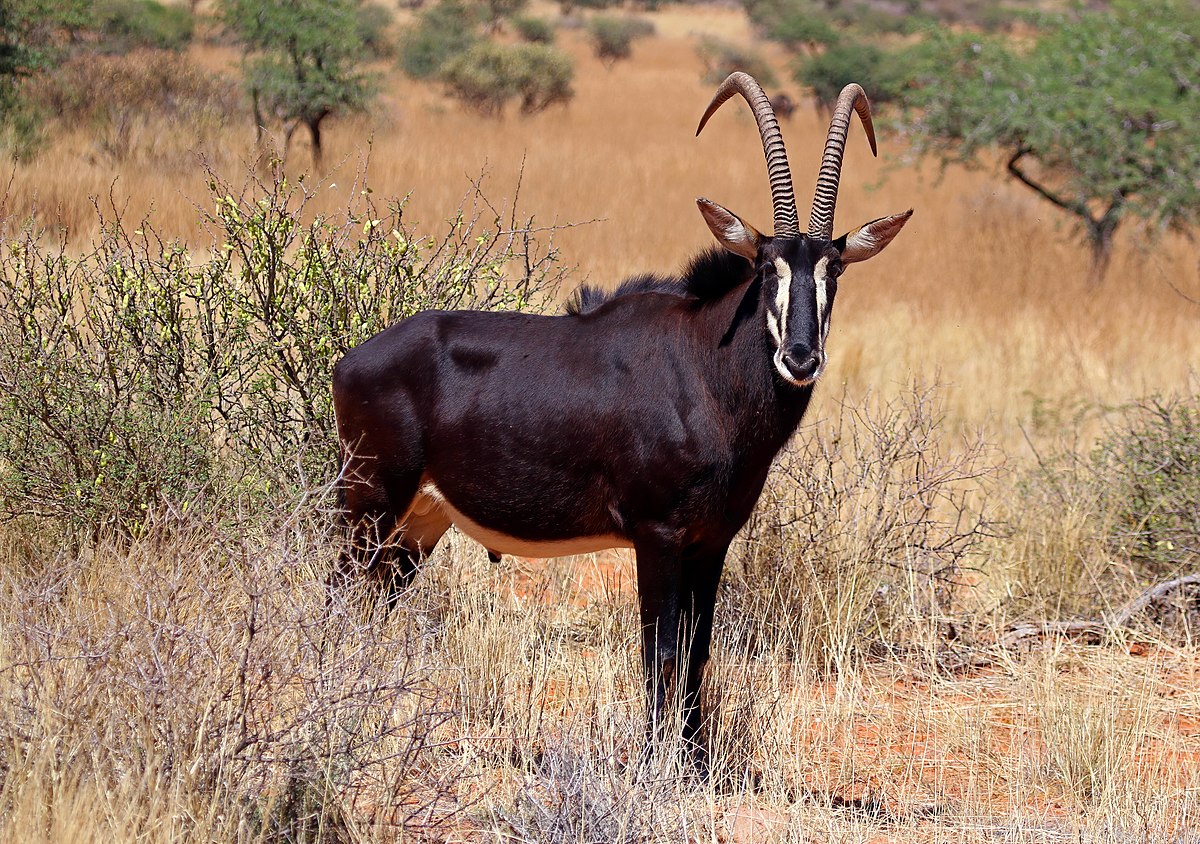

 are found in a band across Africa, including areas of Eastern, Central and Western Africa.
are found in a band across Africa, including areas of Eastern, Central and Western Africa.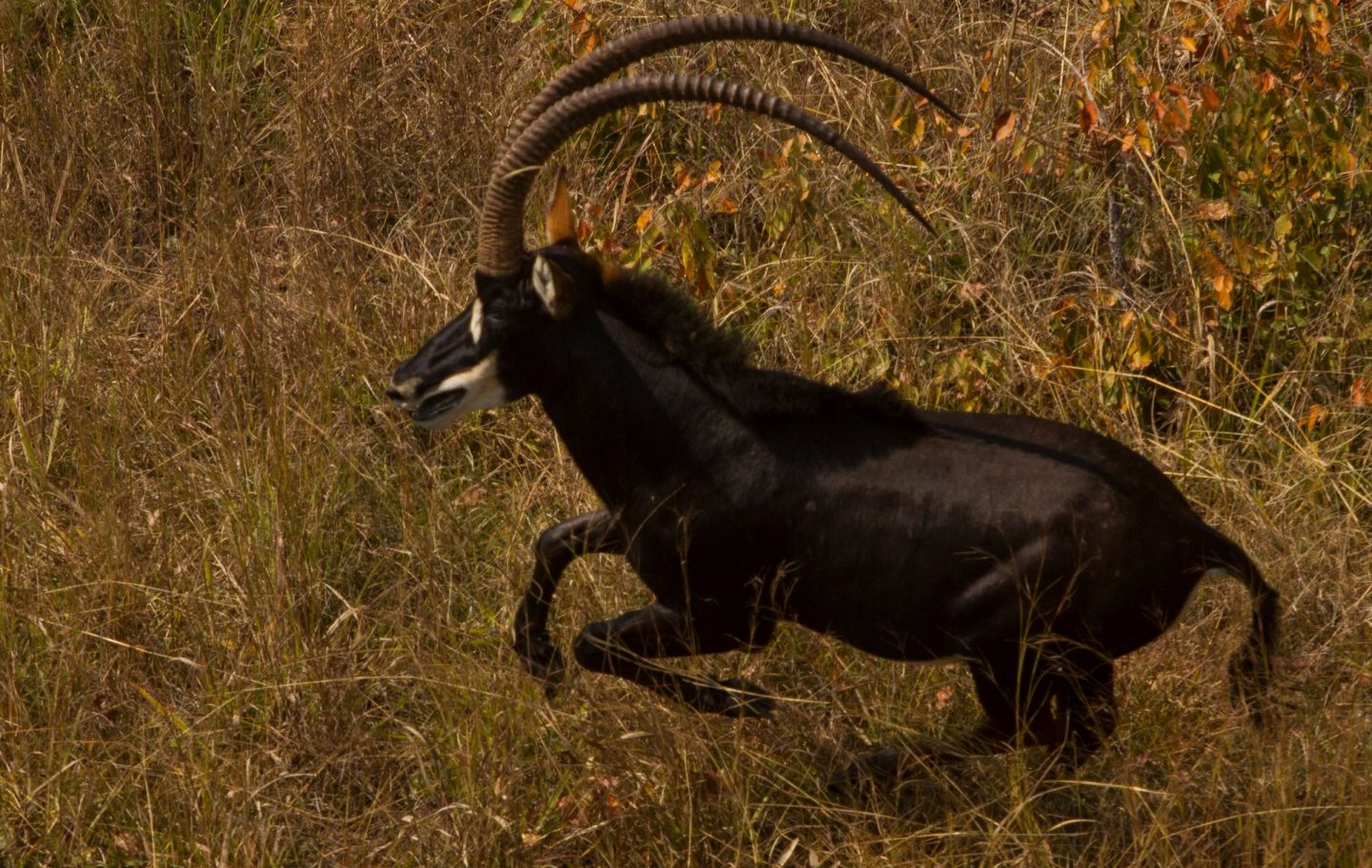
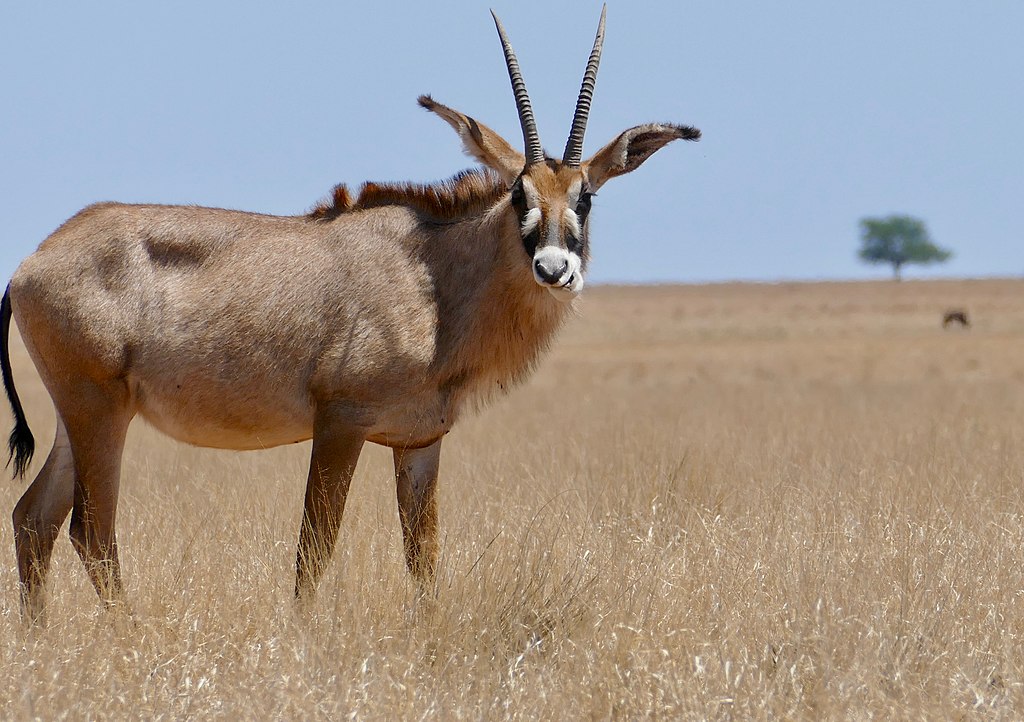

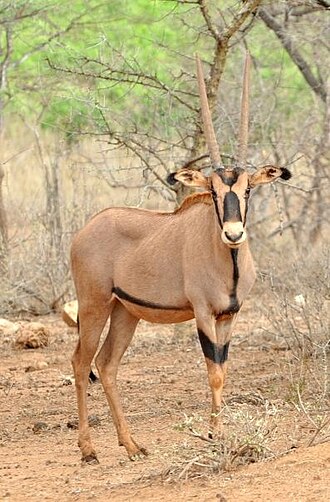
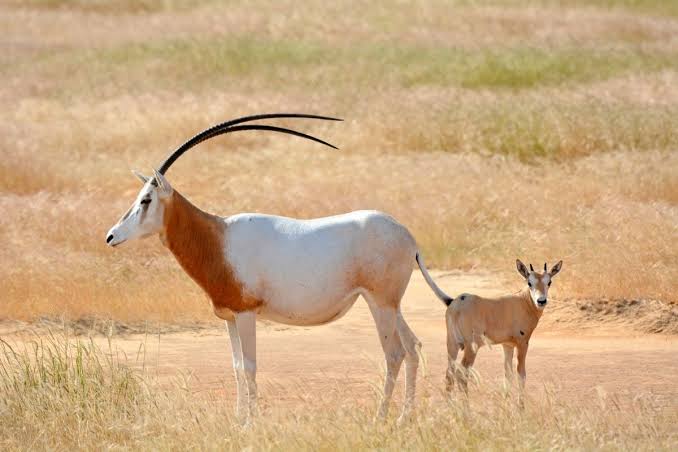

 Impala
Impala antelope, species with a handful of small populations acros central and western north Africa. It lives in the Sahara and the Sahel desert.
antelope, species with a handful of small populations acros central and western north Africa. It lives in the Sahara and the Sahel desert. 